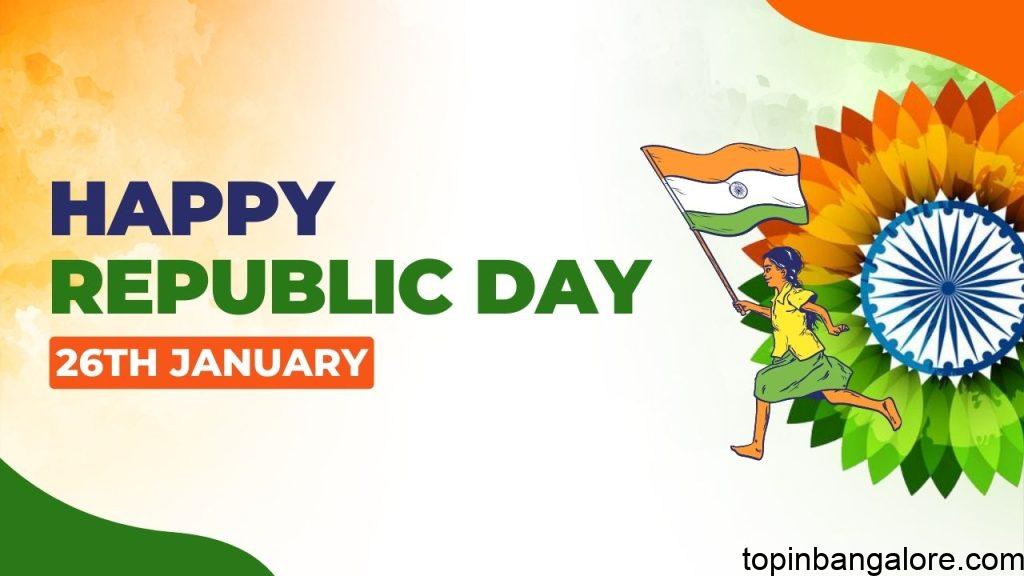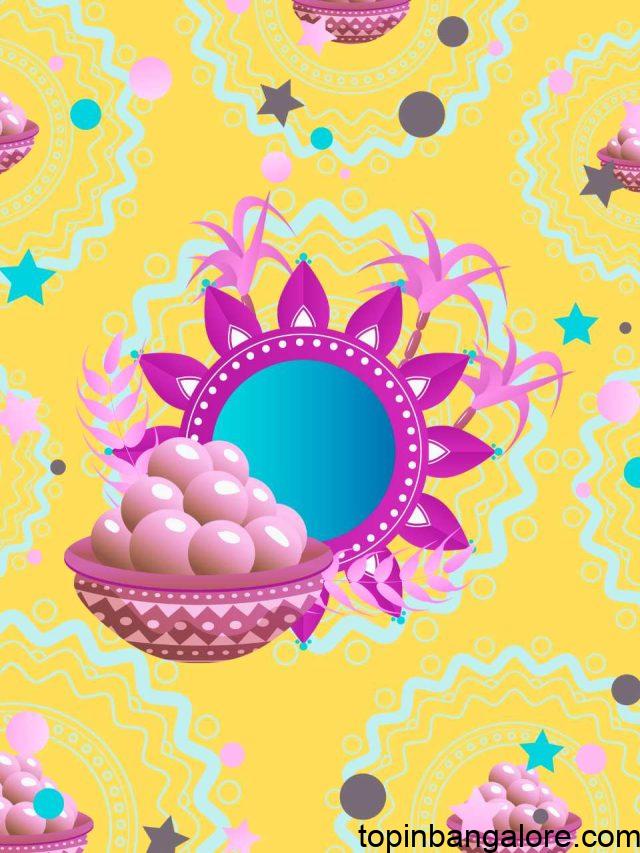Republic Day History, Highlights, Importance, Celebration and More
The history of Republic Day in India can be traced back to the Indian independence movement, which aimed to end British colonial rule in the country. The Indian National Congress, led by leaders such as Mahatma Gandhi and Jawaharlal Nehru, played a major role in the movement, which resulted in India gaining independence on August 15, 1947.

However, the newly independent India did not have a permanent constitution, and the government was being run on the basis of the Government of India Act 1935. To address this, a drafting committee was set up, under the chairmanship of Dr. B. R. Ambedkar, to draft a constitution for the country. The committee worked for almost three years, and on January 26, 1950, the Constitution of India was adopted. This day was declared as the Republic Day of India.
The main highlight of the Republic Day celebration is the grand parade that takes place in the capital city of New Delhi, at Rajpath in front of the President of India. The parade features a display of India’s cultural and military heritage, as well as a display of floats representing different states and union territories. The parade starts with the President of India unfurling the national flag and the national anthem being played. It is followed by a display of various floats representing different states, which showcase the cultural diversity of the country.
The parade also includes a display of various military tanks, missiles, and other equipment, as well as a display of the Indian Air Force’s aerobatic team, the Sarang. The parade ends with a display of the Indian Army’s camel-mounted band, which is a unique feature of the parade.
The President of India also delivers the “Address to the Nation” on this day, highlighting the achievements of the country and outlining the government’s plans for the future. The day is also marked by the hoisting of the national flag, the singing of the national anthem, and 21-gun salutes in honor of the occasion.
The importance of Republic Day lies in the fact that it marks the establishment of a sovereign and democratic republic in India, where the power of the government is vested in the hands of the people. The adoption of the Constitution marked the end of British colonial rule and the beginning of an independent republic, where the people have the right to choose their own government through free and fair elections.
The Constitution of India also guarantees the fundamental rights of the citizens, such as the right to freedom of speech, religion, and equality before the law. It also lays down the framework for the organization of the government and the powers and functions of the different branches of the government.
The celebration of Republic Day also symbolizes the unity and diversity of the country, as people from different regions, religions, and cultures come together to celebrate the occasion. It also serves as a reminder of the progress made by the country in various fields since its independence, and the potential for further development in the future.
In addition to the main celebration in New Delhi, Republic Day is also celebrated across the country with parades, cultural programs, and patriotic events. Schools and colleges also hold special events to mark the occasion, and the national flag is hoisted in all government buildings.
In recent years, the government has also started organizing a “Beating Retreat” ceremony on the evening of January 29, which marks the end of the Republic Day celebrations.





